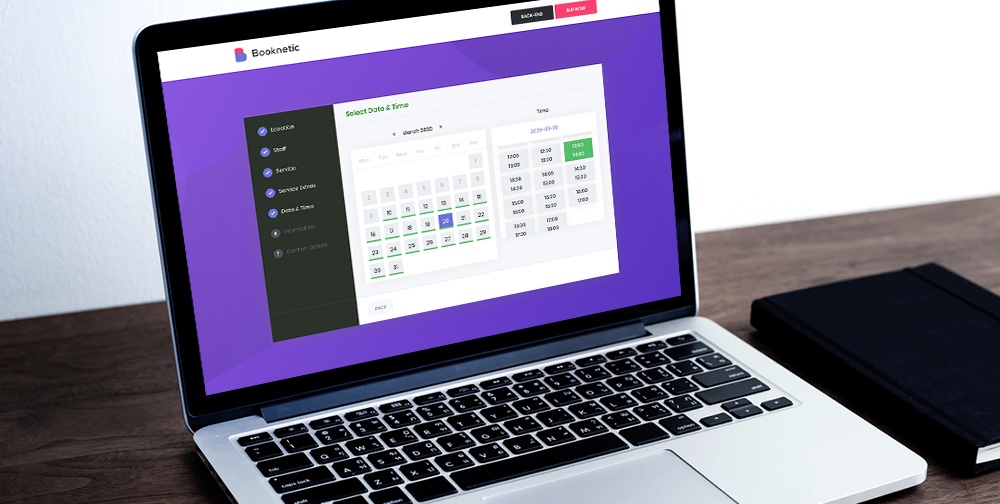PPK digs into the subject, which he found woefully undercovered in web tech documentation. Our entry doesn't mention them at all, which I'll aim to fix.
Agree on this situation:
This is by far the most common use case for negative margins. You give a container a padding so that its contents have some breathing space. However, you want the header to span the entire container, ignoring the padding. Negative margins are the way to go.
Like this:
Anecdotally, I find negative margins fairly intuitive. Although that's surprising since there are so many oddities, like how they sometimes affect the element applied to itself (e.g. move itself to the left) and sometimes affect other elements (e.g. move other elements upward) — plus the fact that it affects margin collapsing which is weird anyway.
It would probably be smart to do this directional margin stuff with logical properties too.
Direct Link to Article — Permalink
The post Negative Margins appeared first on CSS-Tricks.




 Adding a robust booking system to your WordPress site is arduous for beginners and pros alike. If you were to code a booking system from scratch, it would probably take months, if not years. And it would be an exercise in futility, especially when the wheel has already been invented, and there exist amazing plugins […]
Adding a robust booking system to your WordPress site is arduous for beginners and pros alike. If you were to code a booking system from scratch, it would probably take months, if not years. And it would be an exercise in futility, especially when the wheel has already been invented, and there exist amazing plugins […]